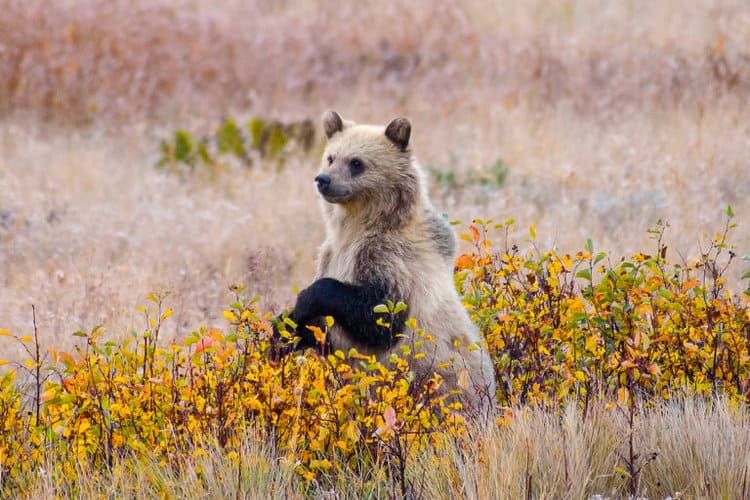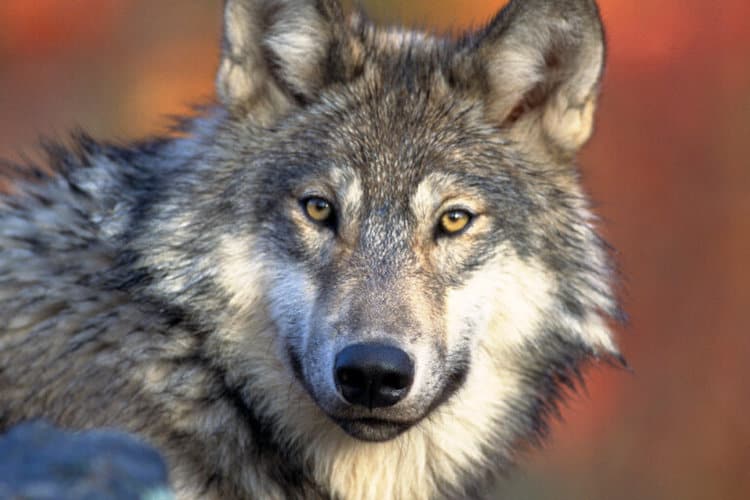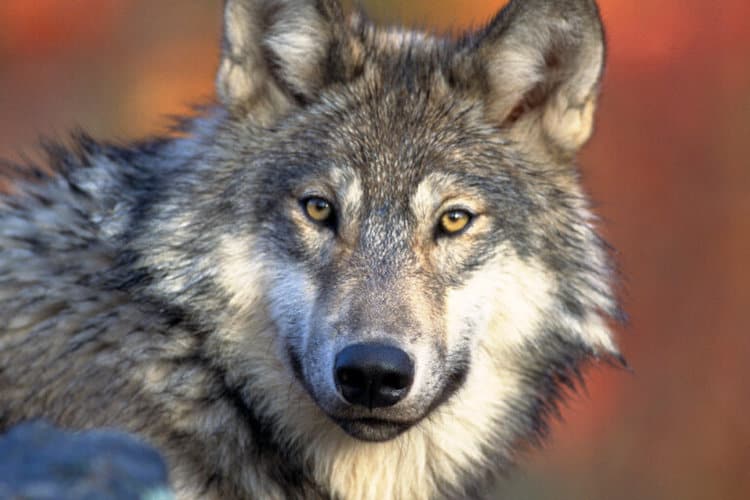Montana cannot be trusted with grizzly bear & wolf management (commentary)
Whether you live in Big Sky country, have enjoyed its natural wonders as a tourist, or marveled at the iconic imagery of Yellowstone National Park’s bears and wolves from afar – what’s happening to wildlife in the American West should concern you.
Montana’s state legislature has proposed a litany of extreme anti-wildlife bills despite widespread, diverse, and credible opposition. The onslaught began in 2021 and continues in this legislative session with the introduction of bills that go from bad to worse.
Last session those included snaring, night shooting and baiting wolves, and approving bounties to encourage more killing. It targeted black bears too, allowing the use of hounds after Montana had banned that for a century. And it opened up unlimited wolf take along Yellowstone’s border, despite the fact that those wolves spend 96% of their time in the Park and provide incredible research data that helps us manage them everywhere.

This year that effort continues, and the Legislature is making it clear that the next species it wants to target is grizzly bears. They are still protected under the federal Endangered Species Act (ESA), which has led to a remarkable comeback for a species that was almost wiped out before we began strong conservation work. That helped us get back to where we are today, with more than 2,000 grizzlies in the northern Rockies.
But now, Montana lawmakers and Gov. Greg Gianforte are pushing measures that could rapidly undo that success. They’re urging action that would issue kill permits for grizzlies to ranchers on our public lands and trying to limit grizzlies to isolated populations. We know that to finish grizzly recovery, we need to connect these populations and get grizzlies into other swaths of wild lands that are well suited to their presence.
Adding to the lawmaking blitz in Montana, recently Republicans in Washington, D.C., held a hearing to begin the delisting of grizzlies in Montana and Wyoming. This ignores wildlife science which tells us that while tremendous progress toward full recovery has been made, we need to finish the job. Another bill under deliberation in the U.S. House of Representatives would delist wolves nationwide.
The ESA turns 50 this year, having passed into law under Republican President Richard Nixon in 1973. Federal protections of these species became necessary due, in part, to practices like the ones we are seeing unfold today. Revoking them now would be reckless.
When a species is recovered, it should go back to state management. But the states need to show they’re serious about conservation of a species, and not take a 19th century attitude of sterilizing the landscape of carnivore species.

Proposed state laws spread misinformation about wildlife, are ignorant of the effects predators have on prey, and show an overall lack of understanding about the complexity of natural environments in Montana – and the West more broadly.
Now is not the time to hand grizzly bear management over to Montana, or Wyoming and Idaho. We need informed policymakers who are serious about conservation, not ones crafting misinformed policies that manage for bare minimum numbers, favor trophy hunting, and generally condone principles at odds with hunting ethics.
The wolves and bears which Montanans, Americans, and citizens around the world enjoy are now in the indiscriminate crosshairs of a small group of people who hold extreme views on wildlife and act like it’s the 1800s all over again.
Last year Yellowstone commemorated its 150th anniversary as a national park – America’s first. Our guiding principles on wildlife policies should favor preservation for many, not exploitation by a few. Those in elected positions should be acting in the interest of long-term wildlife preservation, not easing the passage of laws that enable indiscriminate killing.






